While watching the sunset last night, I saw an aeroplane in the sky, I thought of shooting stars and all the wishes I could use right now… Also I haven’t seen a plane fly past in a while but I did spot an International Space Station once or twice and now I always scan the skies looking for the satellite going round and round the planet.
The International Space Station is a habitable artificial satellite in low Earth orbit and one of the largest artificial objects in space, its also the third brightest object you can see in the sky.
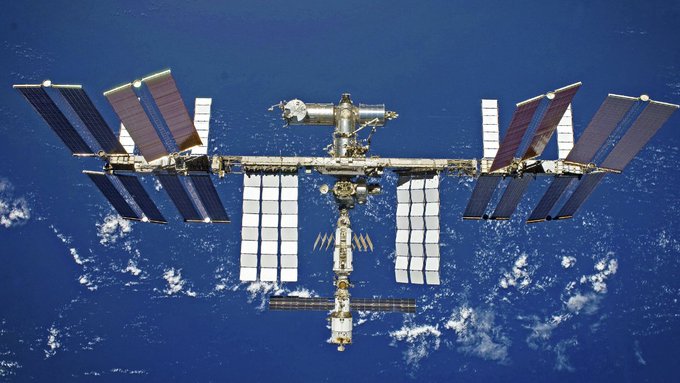
The International Space Station orbits at a height of 400 km and at gravity defying speeds of 28 800 km/h it only takes 90 minutes for the weightless laboratory to circuit the Earth. Astronauts aboard the craft experience 16 sunrises and sunsets each day.
The first component of the ISS ( the Zarya Control Module) was launched in 1998 and assembly of the space station took over 40 missions as there was no rocket powerful enough to launch it in one go (its about the dimensions of a football pitch 72 m long by 108 m wide and 20 m high )

The first long term residents started arriving on 2 November 2000 and as of December 2018, the station is expected to operate until 2030.
The International Space Station is the world’s largest international cooperative programme in science and technology; a partnership between European countries (represented by ESA), the United States (NASA), Japan (JAXA), Canada (CSA) and Russia (Roscosmos)….. Although each space station partner has distinct agency goals for station research, each partner shares a unified goal to extend the resulting knowledge for the betterment of humanity.
The ISS was originally intended to be a laboratory, observatory, and factory while providing transportation, maintenance, and a low Earth orbit staging base for possible future missions to the Moon, Mars, and asteroids; additionally, it serves commercial, diplomatic, and educational purposes.
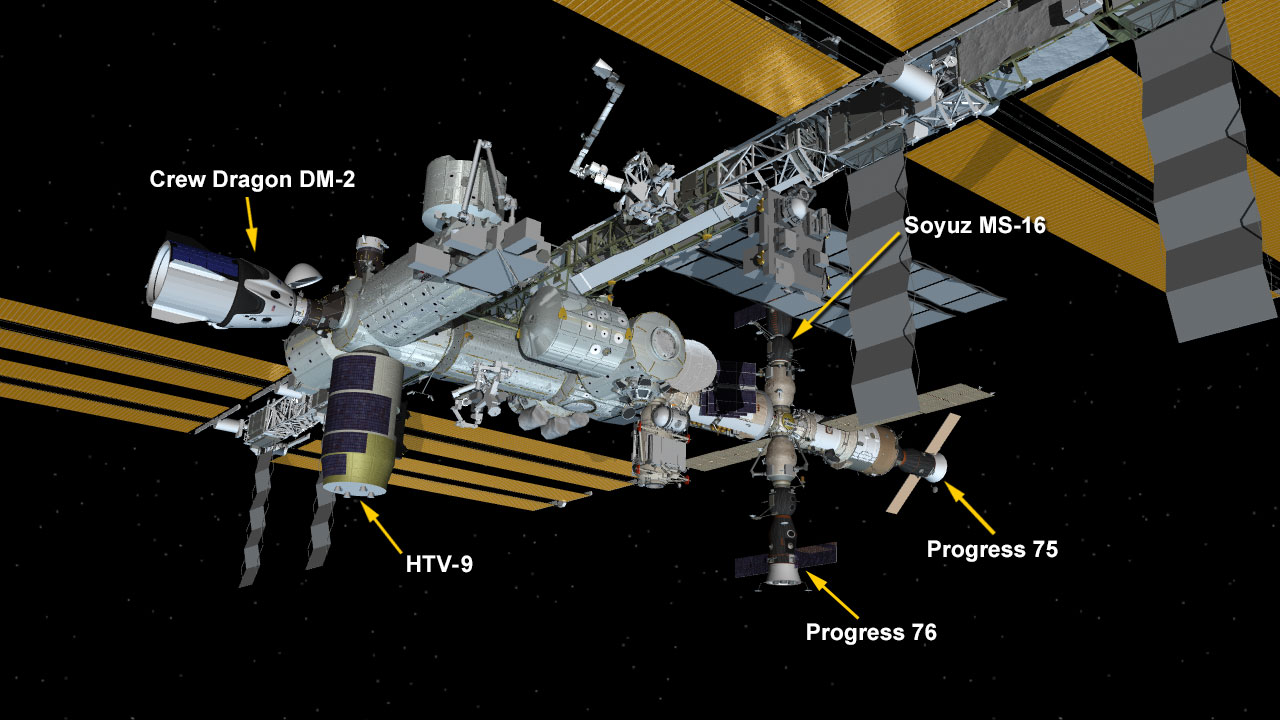
Its been an eventful week in space which included a spacewalk and a delivery run to resupply with 3 tonnes of food, fuel, and supplies to the Expedition 63 crew members.
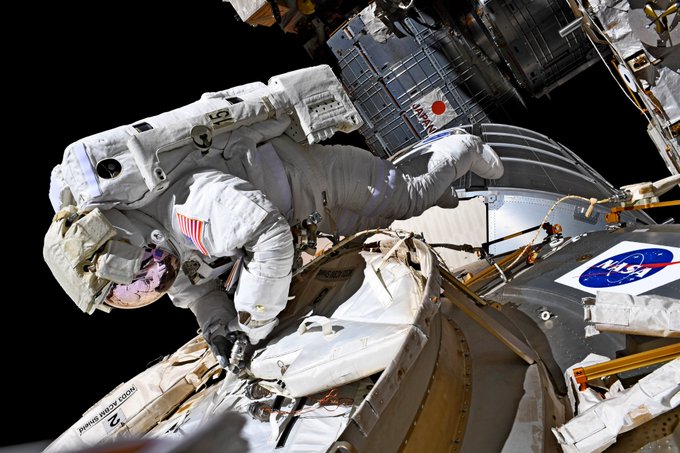
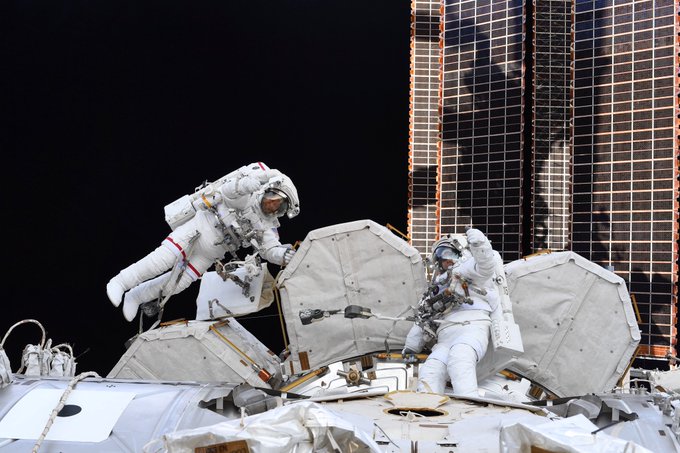
Two NASA astronauts are also getting ready to return to Earth after a two-month stay in space. They will be undocking from international docking adapter on the 1st of August and expected to splashdown on the 2nd of August. (The first crewed splashdown in 45 years)
I wonder what it’s like living in space… A cup of coffee in space sounds like an idea I could definitely try, where do I sign up??? What Agency represents Africa’s interests in space..

Have you spotted the space station yet?
Well guess what the space station follows an orbital path which covers about 90% of the populated earth’s surface and it has flown right over you… Look Up.
The space station is visible because it reflects the light of the Sun the same reason we can see the Moon. However, unlike the Moon, the space station is not bright enough to see during the day. It can only be seen when it is dawn or dusk at your location. A sighting opportunity can range from once in a month to several a week, since it has to be both dark where you are and the space station has to happen to be going overhead…
The position that the ISS will be in the sky changes every night. The space station does not take the same track or orbital path for each orbit and this change provides good visible passes roughly every 6 weeks in each location on Earth.
What does it look like?
The space station looks like an airplane or a very bright star moving across the sky, except it doesn’t have flashing lights or change direction. It will also be moving considerably faster than a typical airplane (airplanes generally fly at about 600 miles (965 km) per hour; the space station flies at 17,500 miles (28,000 km) per hour).

How do I know when and where to look?

•You can use the NASA website below to enter you location and you will get a list of possible times you can spot the space station.
https://spotthestation.nasa.gov/
If your specific city or town isn’t listed, register using the next closest one. The space station is visible for an approximate 50 mile (80 km) radius around each of the listed locations.
•You can also check out its current orbit path at this live ESA tracking website
•Heavens Above also offers tracking for space traffic
https://www.heavens-above.com/
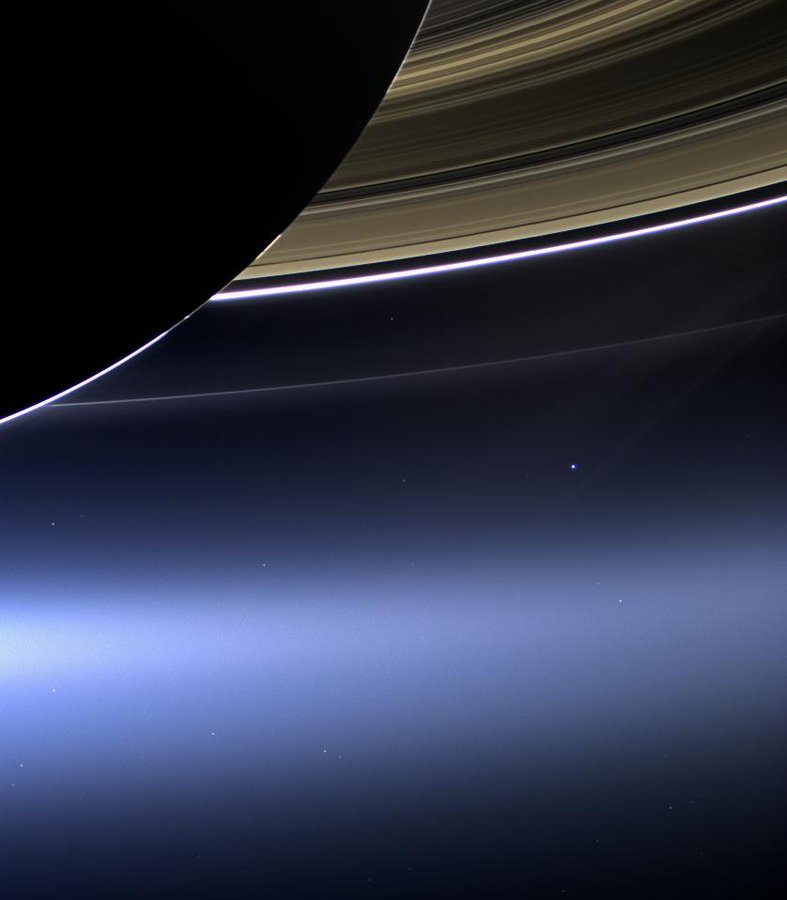
Dreaming about space because up there, from a distance Earth is just a tiny peck, I could use a wish right now…
~B
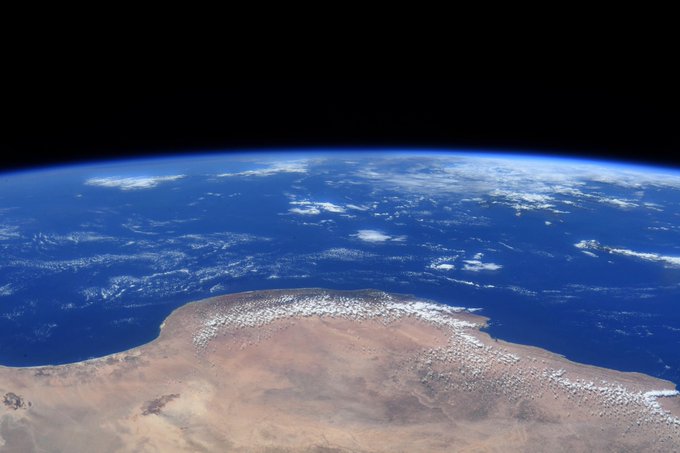
PS what kind of resolution do these guys have on their cameras

Your thoughts.. if you will?